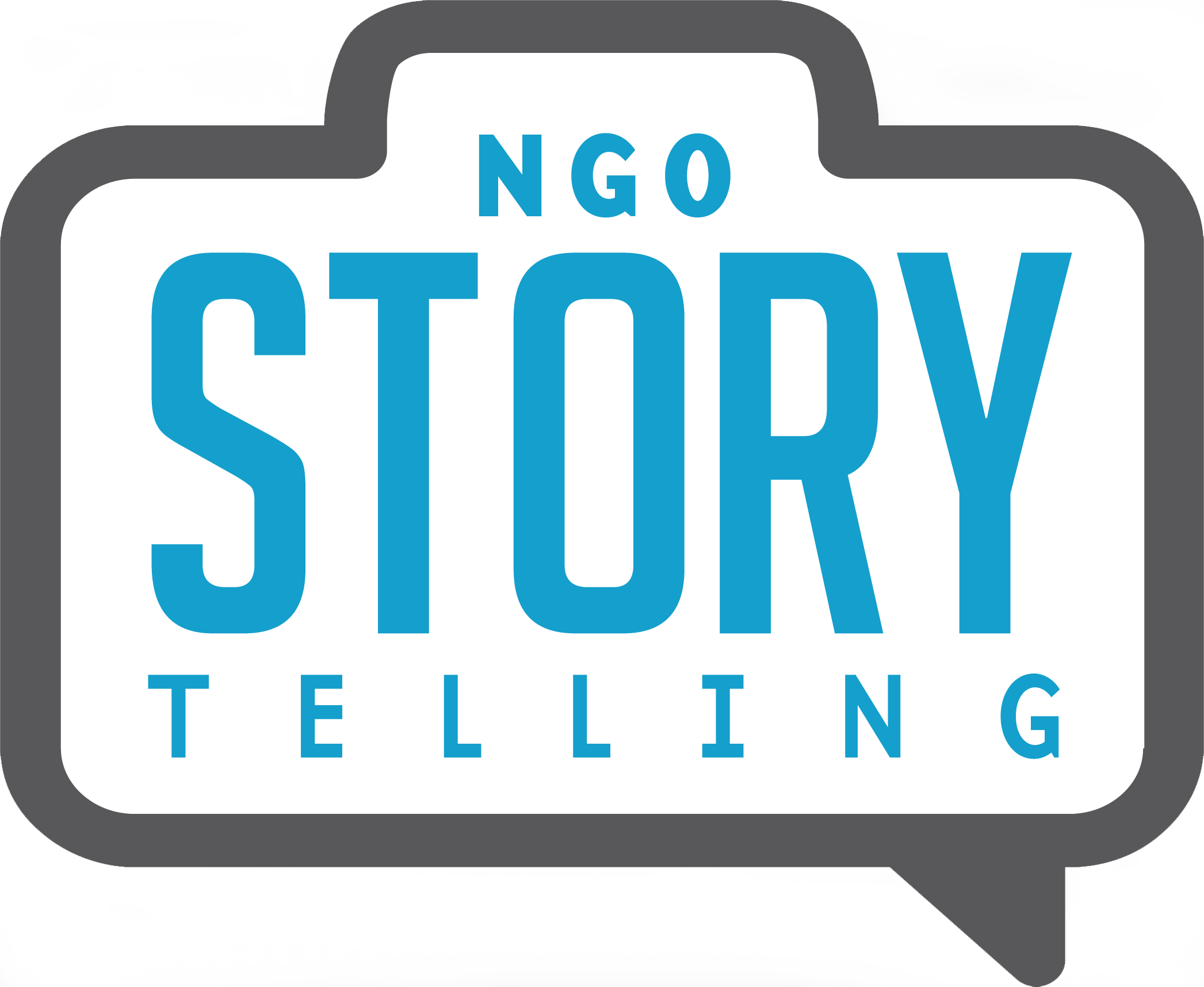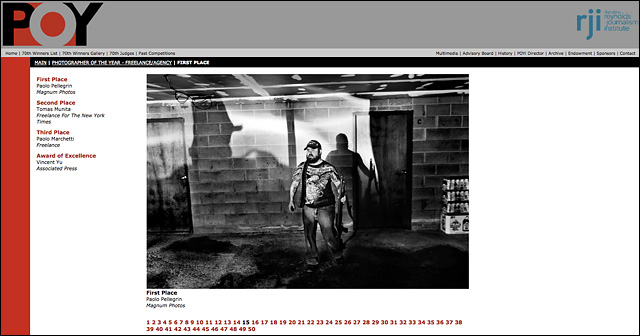When a Photograph Isn't What It Seems
 Are these cocoa pods in Africa or Asia? Does it matter? (Photo by Laura Elizabeth Pohl/Bread for the World)
Are these cocoa pods in Africa or Asia? Does it matter? (Photo by Laura Elizabeth Pohl/Bread for the World)
There's a controversy brewing in the photojournalism world that I think is relevant to NGO work: misrepresentation in photography.
More about the controversy in a moment. First an explanation of misrepresentation. It includes using a picture from one situation to illustrate another situation. Or publishing a portrait of someone in one country but writing in the caption that the person is from another country. Or implying that people in a photograph are related to the accompanying written story when they're not. Or saying someone in a caption is doing something that s/he really is not.
What's at stake? Just the integrity of the organization, the photographer and the picture itself.
Misrepresentation has happened to me a few times. When I worked at Bread for the World, we uploaded select pictures and captions to Flickr and allowed anyone to use them under the Creative Commons Attribution Non-Commercial license. This license means other people and organizations can publish the photographs but not for commercial purposes and only if they give Bread credit for the pictures. (There are pros and cons to Creative Commons licenses. There's no one perfect fit for every organization.)
It's through Flickr that an organization once found my photographs of an African cocoa farm but rewrote the captions to say the farm was in Asia. A media company once used my picture of an Evangelical pastor and implied the person was Catholic. Even at Bread, there were times that colleagues wanted to use a picture in a way I thought misrepresented the situation, so I stopped the photograph from being used and replaced it with another picture.
Oftentimes, misrepresentation in photography comes from a lack of knowledge about photo ethics. There's no malicious intent. In the case of the photojournalism world controversy, no one's quite sure exactly what to think. Italian photographer Paolo Pellegrin won awards from World Press Photo and Pictures of the Year International for the photograph below of a man holding a gun. The caption reads "A former US Marine corp sniper with his weapon. Rochester, NY. USA 2012." The picture is part of a larger story Pellegrin photographed about The Crescent, a troubled Rochester neighborhood.
But as it turns out, the subject of the photograph is a photojournalism student named Shane Keller who said he was not a former sniper and never lived in The Crescent. When Keller found out he was in Pellegrin's story, he emailed his photo ethics professor, Loret Steinberg. The two of them plus another professor, Michael Shaw, then wrote a long post for the Bag News Notes blog. Keller writes he was a former Marine but never a sniper. He writes that he lived in a safe Rochester neighborhood, not The Crescent. He writes that he doesn't understand why Pellegrin didn't identify him (Keller) by name in the photo caption. Keller also addresses the issue that Pellegrin seems to have plagiarized much of his information about The Crescent from a 2003 New York Times article about the neighborhood.
Pellegrin defended himself on all accounts last night in a NYT Lens Blog post written by David Gonzalez and James Estrin:
Mr. Pellegrin, who spoke with Lens on Friday, said he could not understand how he could be accused of an ethical breach and not be given the chance to defend himself. “It seems somewhat strange to me that while mounting a purported journalistic high horse they themselves did not follow the basic tenets of fair and professional journalism,” he said in a statement.
Later, in a telephone interview, he said he stood by the photograph and never claimed that it was taken in the Crescent, but that it was part of an attempt to explore gun culture within the larger context of his project. He said the information for the description for the series that was taken from The Times was never meant to be published, but had been provided as background information. He also said he was unsure if he misunderstood Mr. Keller’s military background, but had done a portrait of him while he was going to a local shooting range.
What's true and what's not is unclear. What is clear is that any whiff of photo misrepresentation is likely to stir up controversy. Perhaps the standards aren't as high in NGOs as in many news organizations but I don't see why they shouldn't be. For days and weeks at a time, NGO stories and pictures are the often the sole source of information about humanitarian issues in areas like Mali or the Philippines, where the mainstream media won't or can't afford to send journalists. Ensuring photographs are what they purport to be can only help the causes that NGOs work on.
More reading on the photo controversy:
Paolo Pellegrin responds to claim of misrepresented winning World Press, POYi photos By Donald R. Winslow, National Press Photographers Association, February 22, 2013
Controversy surrounds Pellegrin's prize-winning Magnum Photo By Jeff Spevak, Rochester Democrat and Chronicle, February 22, 2013

